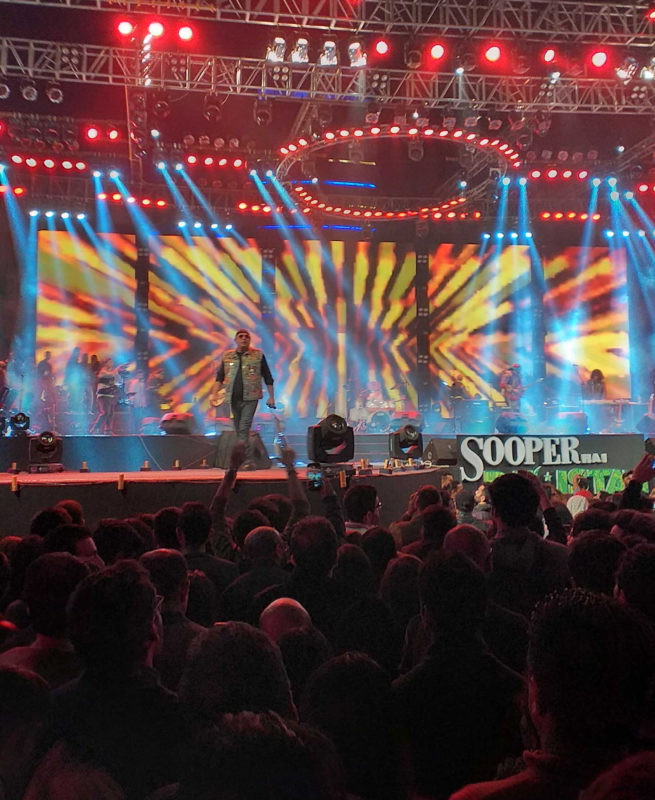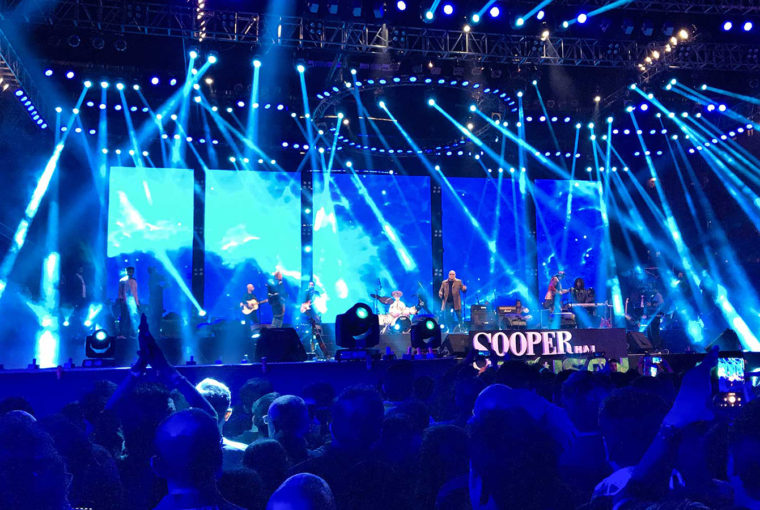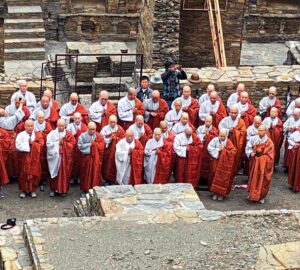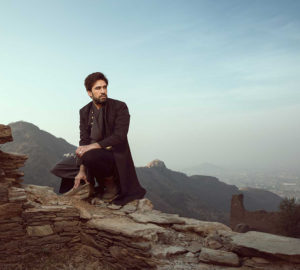Two members of Team Destinations, both avid Junoon fans, travelled to Karachi recently to attend the band’s reunion concert. From the journey to the camaraderie along the way to sharing the floor with thousands of fellow Junoonis, they pen down their experience of being part of this historic celebration of Pakistani music.
Wali Akhter
Junoon acted as a doorway for me into the world of rock and later, metal. From Junoon, my musical journey moved on to Linkin Park, Red Hot Chilli Peppers, Pearl Jam, Pink Floyd and Tool. My music sense evolved in that order, and to such a level that it was finally time for me to pick up an instrument. So I picked up the bass guitar and re-listened to these same bands with a new sense of perception. It was then that I realized that every Junoon song was composed to perfection and Brian O’Connell was one of the greats. I promised myself that if and when Junoon ever re-united, I would be there to listen to my favourite band. When news of Junoon’s first concert after 13 years began to trickle out, I packed my bags and I was there on the 25th of December to witness the spectacular night. Let me tell you how it happened.
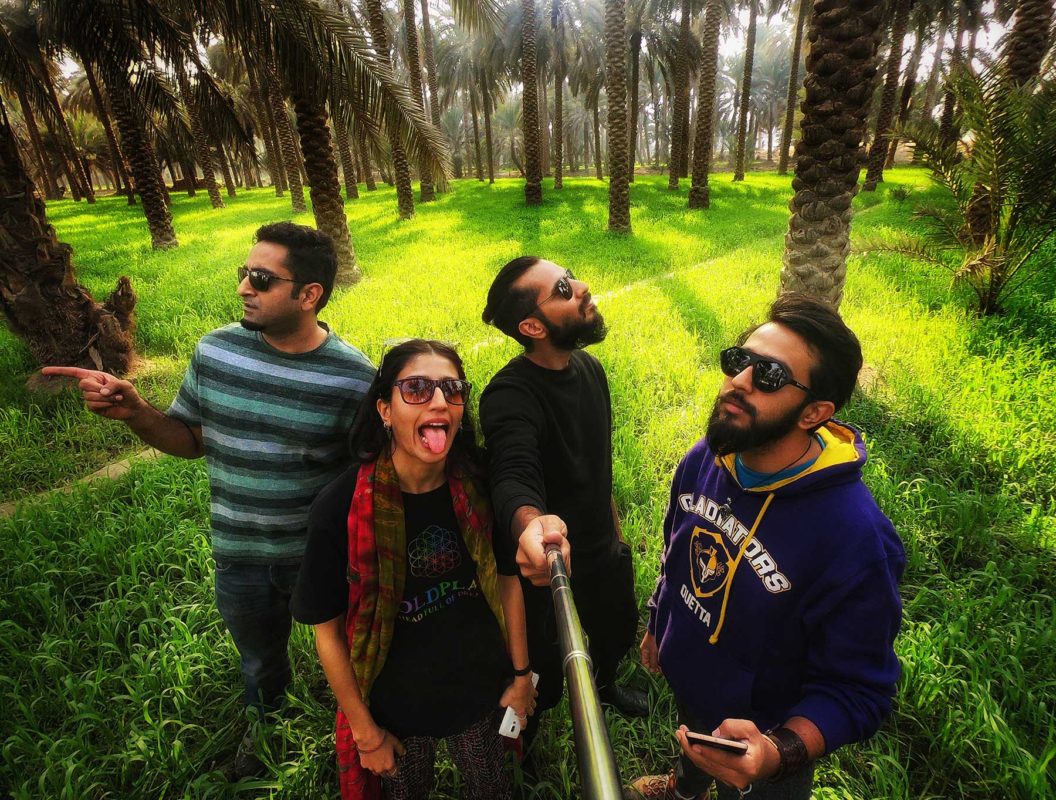
Three of my Junooni friends and I decided that we would travel from Lahore to Karachi in our car for the concert, hence experiencing a bit of Sindh along the way to make it a truly memorable trip. The group consisted of me, a communication designer, Lala Ahsan, a musician, Shams-ul-Ain and his wife Uswa Amjad, both architects. We started our journey on the eve of 22nd December. As night fell, our only experience was the tiny car that we were in and its battle against the art-laden metal giants trundling down the N5. We slowly entered Sindh and stayed the night in Pano Aqil, a small town located 40 km from Sukkur. Sindh is very different from Punjab; the moment you cross over the provincial border the landscape shifts. You are welcomed with kilometre upon kilometre of date trees, the soil takes on a darker hue, and the temperature at night drops significantly.
The next day, we went to Rohri to see its two famous bridges. The Lansdowne Bridge is a colonial-era rigid girder bridge, the longest of its time (1889), while the Ayub Bridge is an arch bridge completed in 1962. Rohri is a good place to compare old and new styles of architecture. As evening fell, we rode a boat on the Indus River and saw a beautiful sunset against the imposing backdrop of the two bridges.
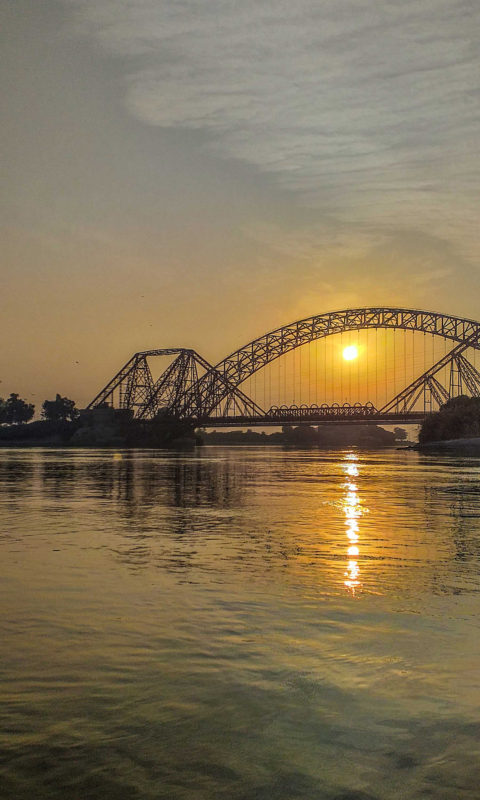
At night, we reached Bith Shah, home to the shrine of Shah Abdul Latif Bhitai, to turn our Sufi mode on for the concert on the 25th. The Sufis at the mazaar were chanting the kalaam of Shah while playing a simplified type of sitar. The older sufis would help the younger ones memorize the verses during the performance, while weary travellers slept on the floor of the hall, lulled into oblivion by the soothing chants. We left Bith Shah the same night and continued our journey onwards, reaching Karachi at 4:00 am. Karachi was still awake, just like Lahore.
On the day of the concert we entered the venue and saw thousands of Junoonis, a mix of old and young, familiar faces and those that blended in the crowd. There were musicians such as Junaid from the band Call as well as actors and directors. They were all waiting on the same floor to witness the greatest concert in Pakistan’s musical history, and in my head the song Pappu Yaar Tung Na Ker played on. Because Junoon is bigger than all of us.
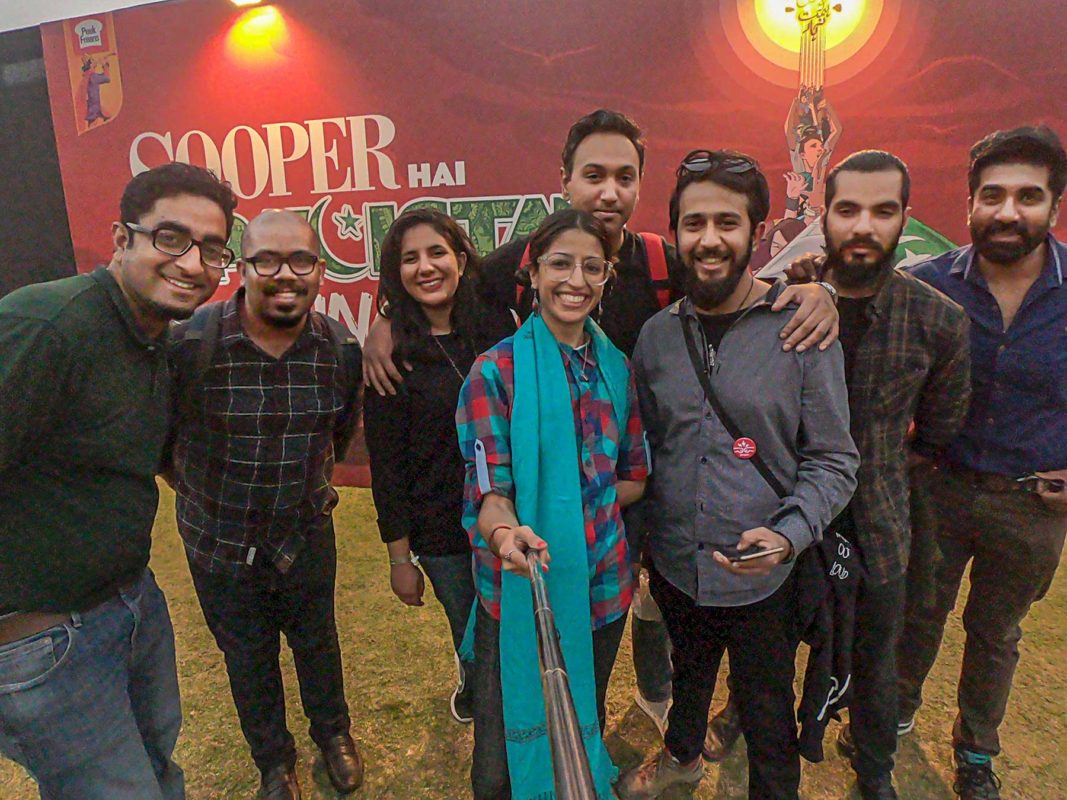
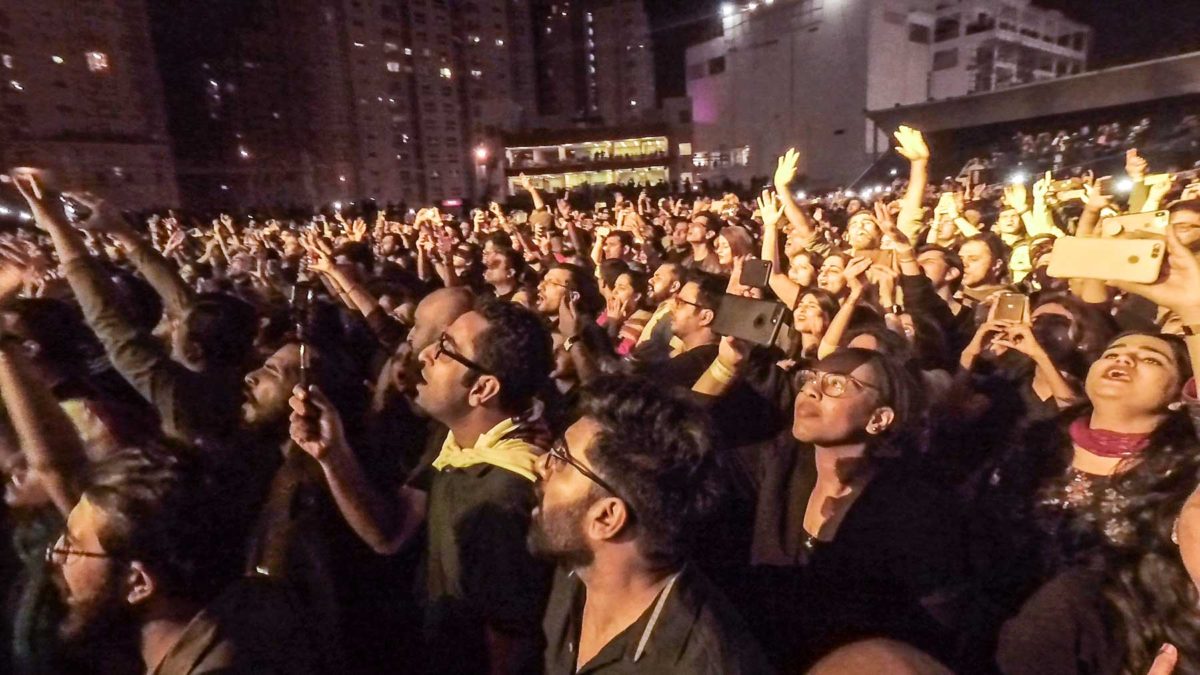
The opening performances were by Lyari Underground, Khumariyaan, Tamasha and Sound of Kolachi, and then the wait began. It was while we were waiting for the band to come out that I realized what a momentous occasion it was – all of us gathered there that night, were the people chosen to hear Junoon live for the first time in 13 years. As Junoon appeared, I could feel the electrifying energy in the arena; it was pure madness and delirium. The band played all their greatest hits, but they didn’t play Ghoom or Mitti, which are my favourite trance-infusing tracks, or Mahi, Tara Jala and Talash. However, they did play perennial favourites Bulleya and Neend Aati Nahi.
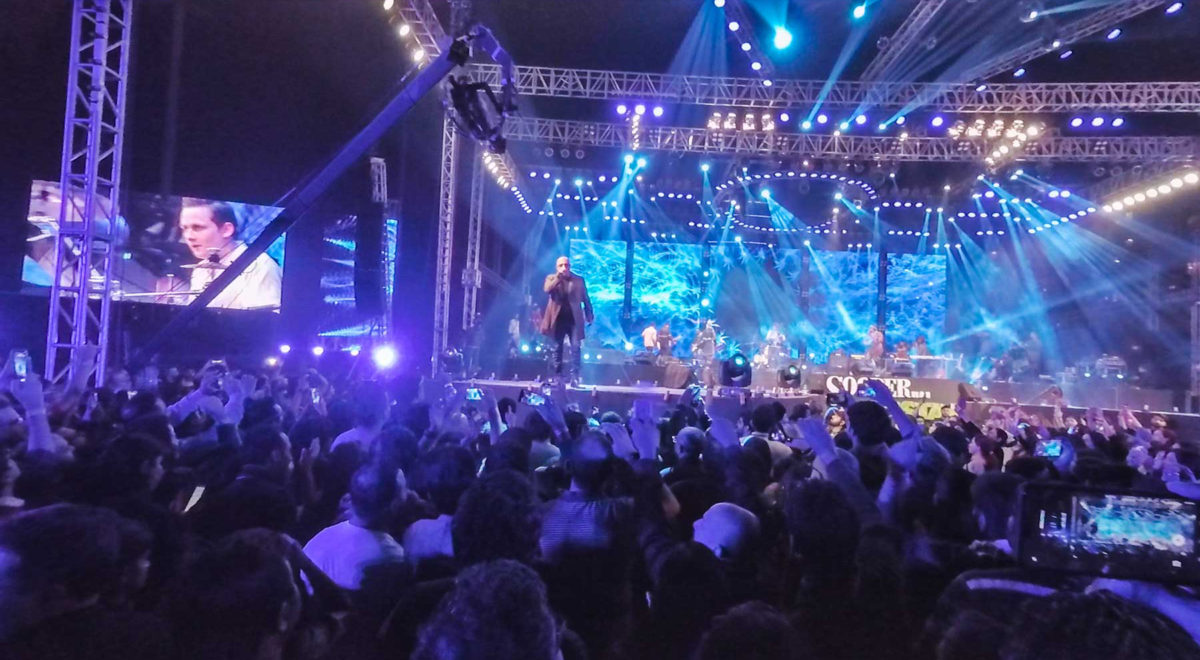
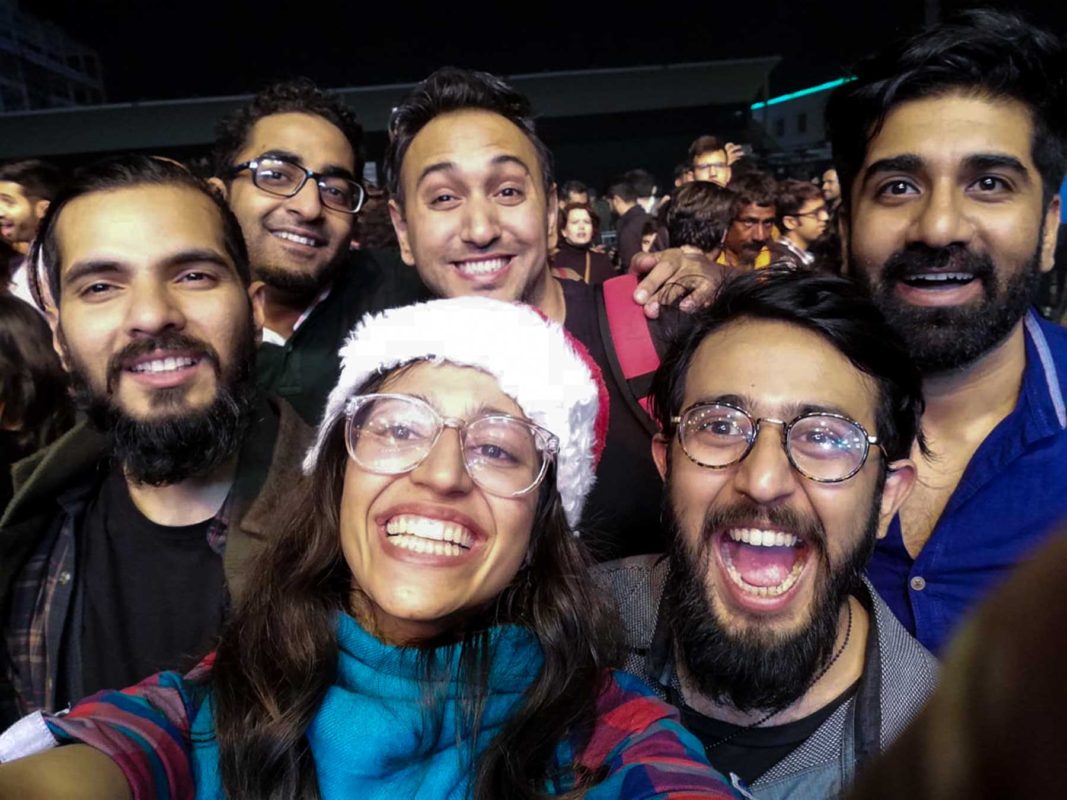
It was a very emotional experience, especially when the song Chalay Thay Saath Saath played. I sneaked a peak at all the Junoonis on the floor during the song, I saw their emotions, all of them had a wide smile of satisfaction on their faces. It was as if we had lost something and it was finally given back to us. Like ‘kintsugi’, the Japanese art of repairing broken pottery with gold.
After a quick stop at Mubarak Village Beach, the next day we turned back to Lahore with a positive attitude. Our Junoon was back.
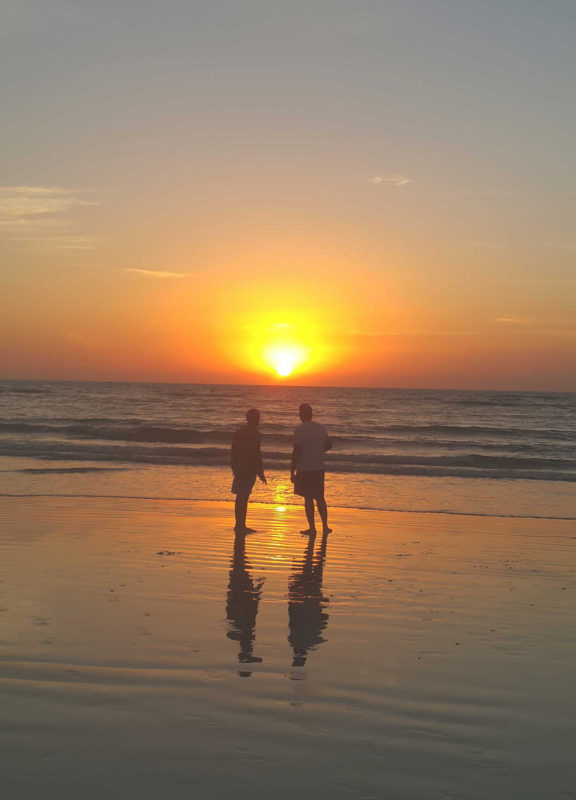
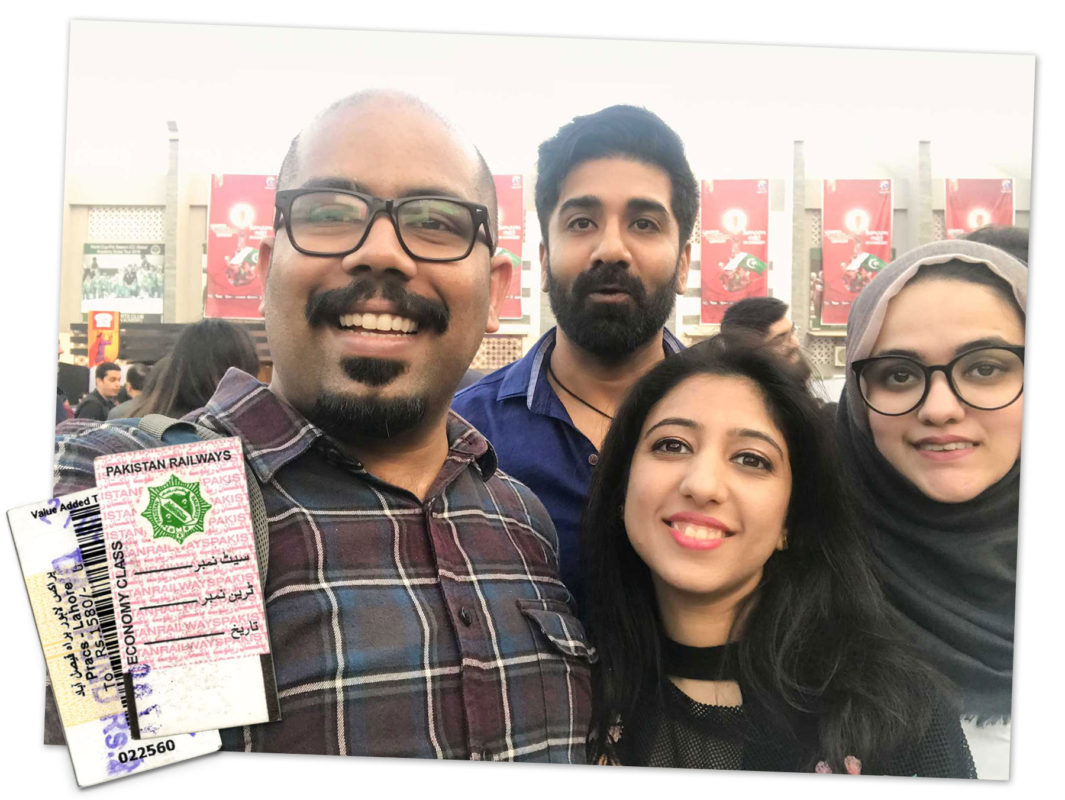
Obaid ul Mohsin
I, along with two of my Junooni friends, travelled from Lahore to Karachi by open ticket train to witness the biggest concert of the decade. A group call converted into a planned trip – turned out there were many of us who shared a common ‘junoon.’ My group included myself, a motion designer, Wajeeha Riaz, Section Officer, Senate and Anam Bhatti, a visual artist. It was an 18-hour journey, but it was worth every second.
An experience of a lifetime, it wasn’t just a reunion of the band itself but a reunion of generations coming together sharing a common passion. Nostalgia occupied the space and the contrast of high and low moments got the audience going.
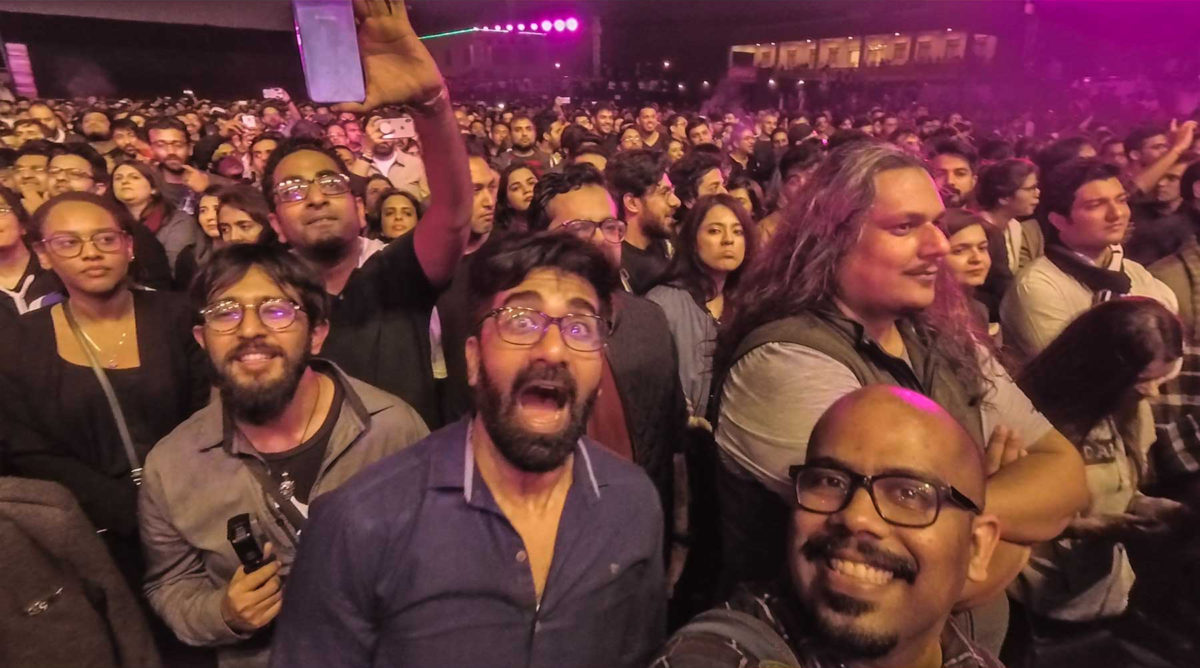
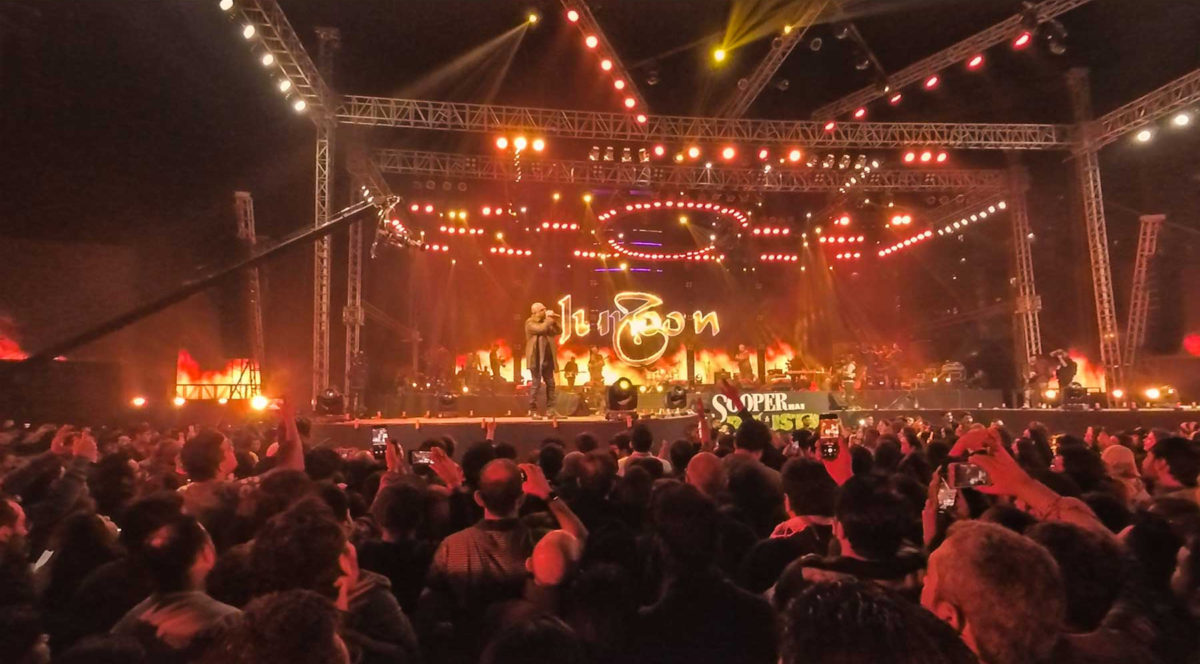
While there were moments that got everybody head banging to the beats and singing their lungs out to the electrifying stage, there were intense moments such as remembering the late Junaid Jamshed and playing tribute songs.
The show ended with an amazing fireworks display, the scale of which was unprecedented. As strains of the national anthem filled the arena, the sky above exploded with green fireworks. Perfect timing or coincidence, we’ll never know but it concluded the night on note of high emotion and nostalgia.
